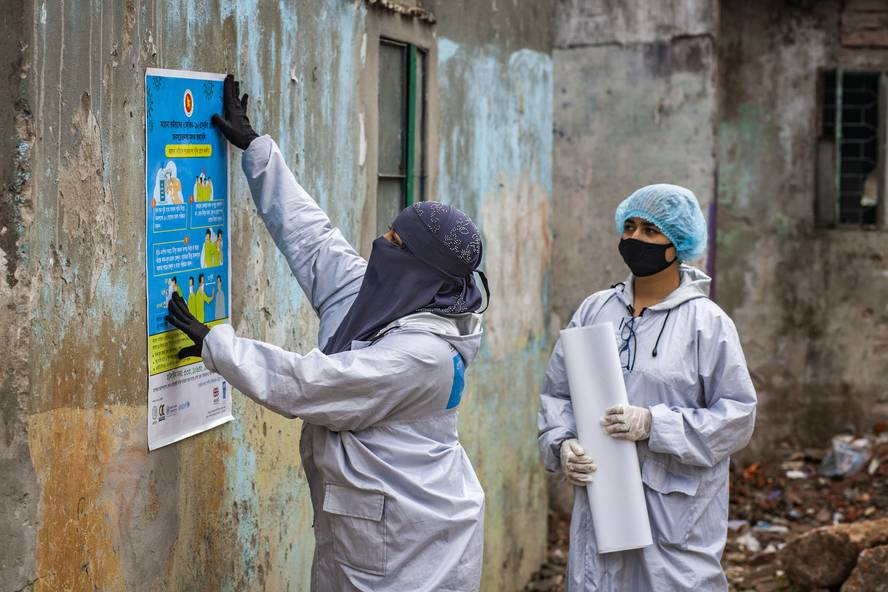Adaptation of the WHO framework of social determinants for COVID-19

The framework of the World Health Organization in Social Conditions has been jointly adapted to covid-19 by the Spanish Center for Public and Epidemiological Health CIBERESP and researchers from universities and health centers in Catalonia. In addition to analyzing and explaining the social determinants that affect COVID-19, the influence of oppression and communication systems has been taken into account. Published in Gaceta Sanitaria.
According to the authors, the SARS-CoV-2 virus is the fundamental cause of covid-19, but not the only one. The health problem has become a social, economic and political crisis that has increased socioeconomic inequalities worldwide. Addressing this situation is essential, and work has been done on this new framework, especially for high and middle-income countries.
Among the main constraints are the systems of oppression. It is that factors that influence people's health and well-being (social life, government and governance, economy and politics, place) can facilitate or hinder compliance with the rules.
All these aspects depend on hegemonic structures (capitalism, colonialism/racism and patriarchy), but so far have not been mentioned in the frameworks of health inequalities. However, the authors consider it important to take into account their influence in understanding the mechanisms and consequences of the pandemic.
For example, global capitalism has brought with it the deterioration of ecosystems and the increase of social inequalities; patriarchy establishes gender differentiation; colonialism, social separation; and all have caused covid-19 to influence each other.
They also point out that the socio-economic and political context also has a direct impact. This dimension also includes cultural and socio-historical aspects. They all have an impact on the measures being implemented and on their response. In addition, we must take into account the social hierarchy, which is constructed based on factors such as age, gender, social class, ethnicity, migration situation, territory, sexual and affective diversity, and capacities, among others. All of this makes it easier or difficult to get infected with the virus, as an example of what happened in nursing homes.
The influence of lifestyle, health status and health services has also been explained, but also of another less mentioned aspect: communication. In fact, in risk situations, the authors consider communication and community engagement key. They warn, however, that the message does not uniformly reach society as a whole due to different barriers: educational level, social class, ethnicity, digital skill…
Finally, they stress that covid-19 is a synonym, that is, when adding the dimensions that affect the disease, its effects intensify. They also consider that although the framework has been worked for covid-19, it is appropriate for similar pests and advise monitoring and research.





